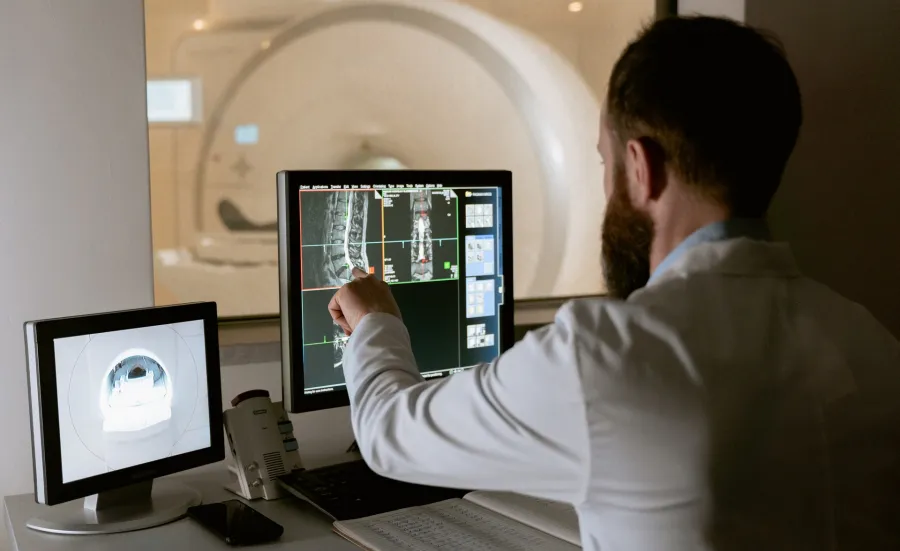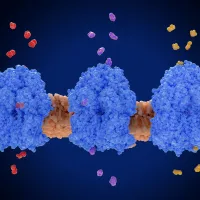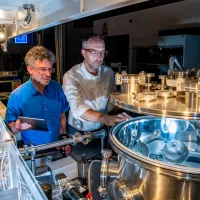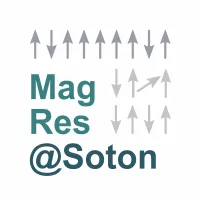The Functionalised Magnetic Resonance Beacons for Enhanced Spectroscopy and Imaging project could create significant breakthroughs in medicine and physics. Like detecting and stopping the enzyme that causes cancer to spread to different parts of the body, or finding regions with high acidity to prevent environmental damage before it happens.
Potential for new types of NMR and MRI
The project will advance the signal strength of nuclear magnetic resonance (NMR) and magnetic resonance imaging (MRI) by up to 100,000 times.
Using a phenomenon called hyperpolarisation, where the radio signals of a sample are enhanced by huge factors, could lead to new types of NMR and MRI. Finding a way of just using a magnet and radio waves could avoid the need for operations or the use of damaging high-energy radiation.








